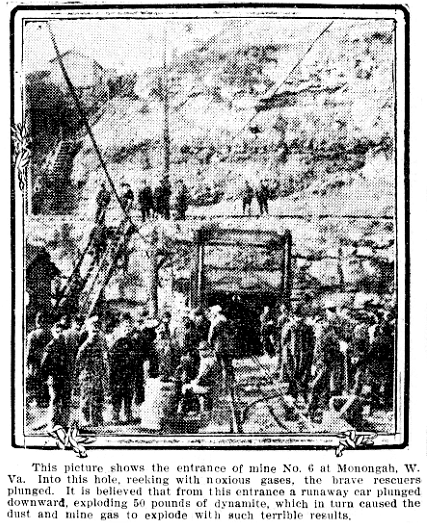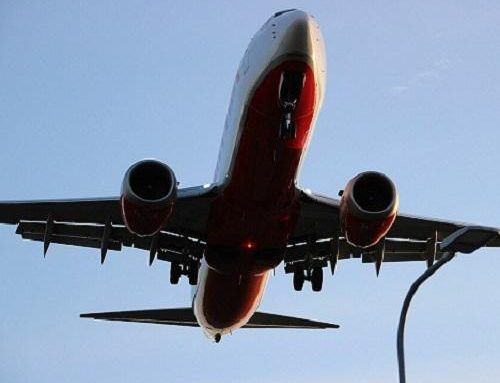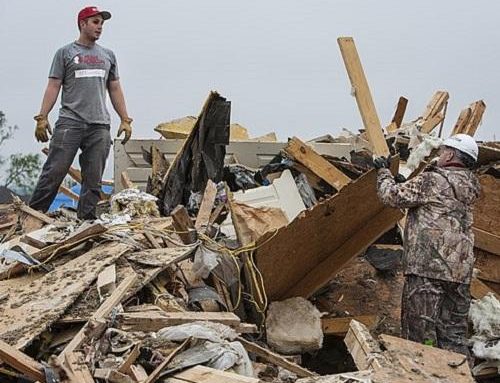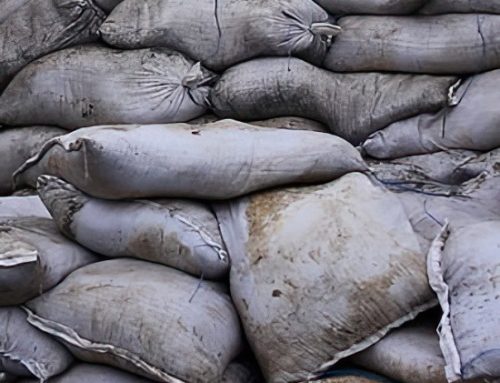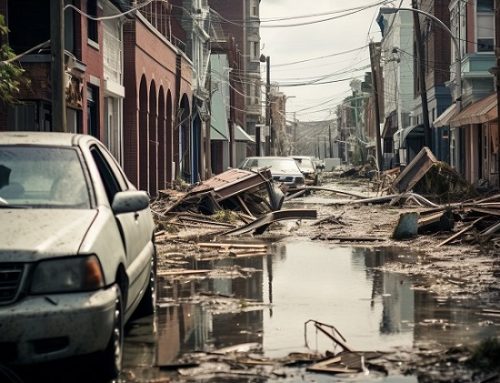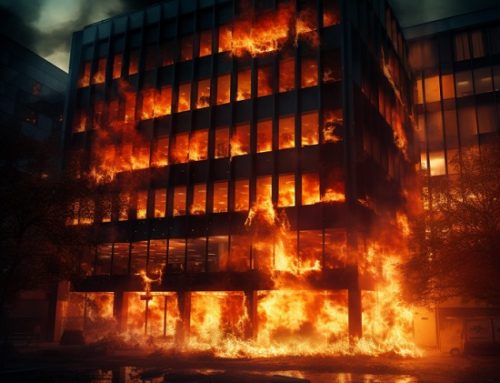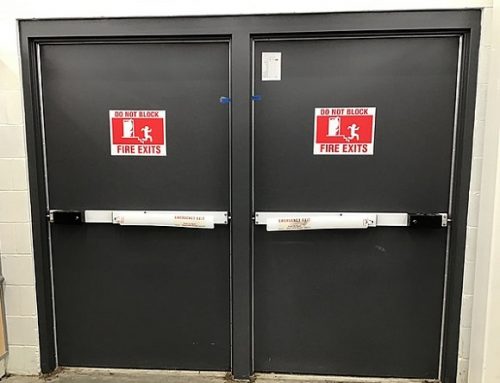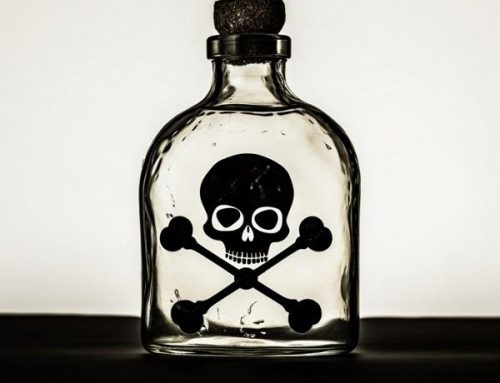The Monongah Mining Disaster of West Virginia is considered to be the worst mining disaster in American history. The Fairmont Coal Mine in Monongah, West Virginia exploded, over a century ago, on December 6th, 1907. The explosion set off a chain of events that led to over 300 deaths. It is important to remember this event because it was the worst mining disaster in American history and the labor conditions at this time were not safe for miners
The mine was a vast maze of underground tunnels. The mine network exploded at about 10 a.m. after 380 men and boys began their shift in coal mining. It was a massive explosion that shook the earth and rang out miles away. The disaster killed at least 361 people. Many railcars and other equipment were also destroyed. Inside the mine, the timbers supporting the roof were destroyed and the roof collapsed. The explosion also disrupted ventilation systems, trapping deadly gases inside the mines. The miners were unable to escape because they were not aware that there was a fire burning before it was too late, and they died from either suffocation, poisoning, burns, or getting crushed by falling debris.
The official cause of the explosion was never determined, but investigators at the time believed that an electric spark or one of the miner’s open flame lamps ignited coal dust or methane gas. This in turn ignited the combustible coal dust found in all bituminous coal mines in West Virginia.
Since there were no well-trained rescuers at the time, miners from Pennsylvania, Maryland, and Ohio, many of whom were immigrants, rushed to Mononga to help with the rescue.
In the United States, December 1907 can be called “Black December” because, in that month alone, five coal mine disasters claimed the lives of at least 700 men and boys, many of whom were Italian immigrants. Among industrial workers, the death rate of miners is the highest, especially in West Virginia, where mine safety laws are the most lenient in the country.
According to records, 3,242 Americans died in mining accidents across the country in 1907.
The Monongah disaster prompted people to move towards safer mines, and after this explosion and other disasters, the public began to request additional supervision to help regulate the mining industry. In 1910 Congress created the United States Bureau of Mines, with the goal of investigating and inspecting mines to reduce explosions and to limit the waste of human and natural resources. In addition, the Bureau of Mines has appointed on-site officials to train miners, provide rescue services and conduct investigations in the event of a disaster.
In 2003, in commemoration of the explosion, the Italian municipality of San Giovanni in Fiore, from which many miners emigrated, erected a monument with the inscription: “Lest we forget the Calabrian miners dead in West Virginia (USA). The sacrifice of those strong men shall bolster new generations. Monongah, December 6, 1907, San Giovanni in Fiore, December 6, 2003.”


